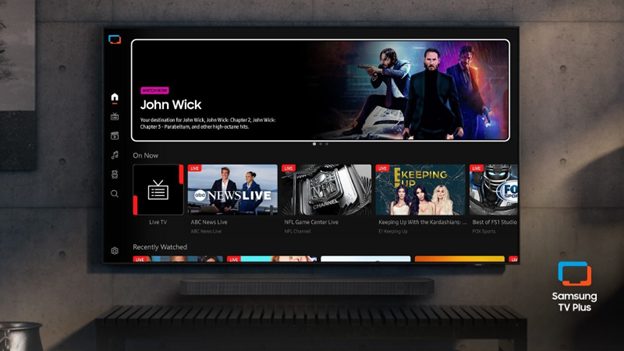UHF TV broadcasters know tubes are on top for high-power UHF amplifiers based on cost and efficiency. It may not be as obvious that high-power microwave and millimeter vacuum electron devices (VEDs) represent close to a $1 billion market.
This market includes traveling wave tubes, klystrons, magnetrons, crossed-field amplifiers and gyrotrons.
Some of the companies selling these devices are well known to broadcasters and include Burle Industries Inc.; e2v; L-3 Communications; Thales Components; and Communications and Power Industries (CPI).
The size of the high-power microwave tube market is detailed in the report, Microwave and Millimeter Wave High-Power Vacuum Electron Devices and the Gallium Nitride Threat, from ABI Research.
“ABI Research’s recent investigations of the high-power RF vacuum electron device market revealed a total market size that was surprising even to those who were familiar with the technology and its history,” said ABI Research director Lance Wilson in the report. “Because of this, I believe there is a latent thirst for knowledge in this area.”
Wilson commented that while tube technology may seem dated to some, it still has an important role.
“Vacuum electron devices may at first seem anachronistic, but in some cases there is no other way to generate such high levels of RF power within an acceptably small space,” he said. “Certain klystrons and gyrotrons can generate megawatts, and it would take tens of thousands of transistors to do that.”
Your comments and story leads are always appreciated! Drop me a note at dlung@transmitter.com.
The professional video industry's #1 source for news, trends and product and tech information. Sign up below.

Doug Lung is one of America's foremost authorities on broadcast RF technology. As vice president of Broadcast Technology for NBCUniversal Local, H. Douglas Lung leads NBC and Telemundo-owned stations’ RF and transmission affairs, including microwave, radars, satellite uplinks, and FCC technical filings. Beginning his career in 1976 at KSCI in Los Angeles, Lung has nearly 50 years of experience in broadcast television engineering. Beginning in 1985, he led the engineering department for what was to become the Telemundo network and station group, assisting in the design, construction and installation of the company’s broadcast and cable facilities. Other projects include work on the launch of Hawaii’s first UHF TV station, the rollout and testing of the ATSC mobile-handheld standard, and software development related to the incentive auction TV spectrum repack. A longtime columnist for TV Technology, Doug is also a regular contributor to IEEE Broadcast Technology. He is the recipient of the 2023 NAB Television Engineering Award. He also received a Tech Leadership Award from TV Tech publisher Future plc in 2021 and is a member of the IEEE Broadcast Technology Society and the Society of Broadcast Engineers.
